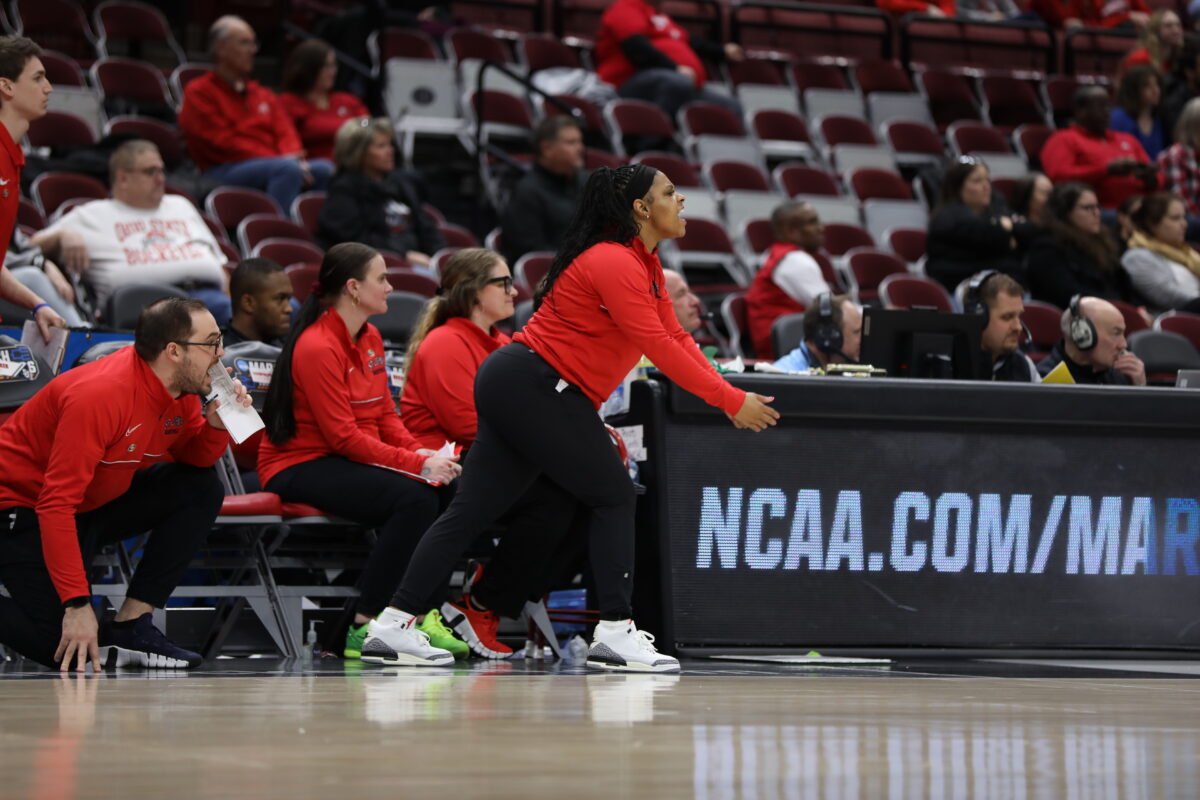Modeling the Subsurface of the Earth
Mathematics and statistics professor Sue Minkoff and two of her Ph.D. students are engaged in a mathematical geoscience project that will lead to greater understanding of the Earth. Now in its second year, the collaborative project with Rice University is funded by a three-year grant from the National Science Foundation.
The overarching mission of the project, Minkoff says, is “to understand statistical properties of the earth at a variety of different scales.” At Rice University, much of the emphasis is on developing a basic understanding of the deep crust of the earth and issues related to near-surface environmental cleanup. At UMBC, students Tanya Vdovina and Oksana Korostyshevskaya are developing efficient mathematical algorithms for modeling the subsurface of the earth.
A large chunk of the project involves inversion, a process in which researchers attempt to learn about material properties of the earth without actually digging up the subsurface and causing environmental damage. The strategy is similar to a CAT or MRI scan, or an ultrasound used to view a developing baby. During inversion, an elastic wave is sent into the earth and interacts with the heterogeneous layers that make up the subsurface. Based on the message that the wave sends back, it is possible to obtain geophysical information without the need to actually dig.
Minkoff’s students are focused on finding a quicker way to solve the wave equation mathematically so that researchers can tackle the large amounts of data one encounters in these problems in reasonable time. The goal is to match this data through repeated solution of the wave equation, all the while tweaking the elastic parameters in the model to better fit the data. “This is a time-dependent problem; one of the algorithms we are looking at for solving the elastic wave equation is staggered in both space and time, so conceptually it gets very challenging,” says Minkoff. “I think they [Vdovina and Korostyshevskaya] understand it better than I do!”
Vdovina and Korostyshevskaya, both of whom have a solid theoretical background, have never engaged in such a large project before. “It’s very different from doing homework for class,” says Korostyshevskaya. “You can feel the difference. It’s interesting to work on a project with such a practical application.”



